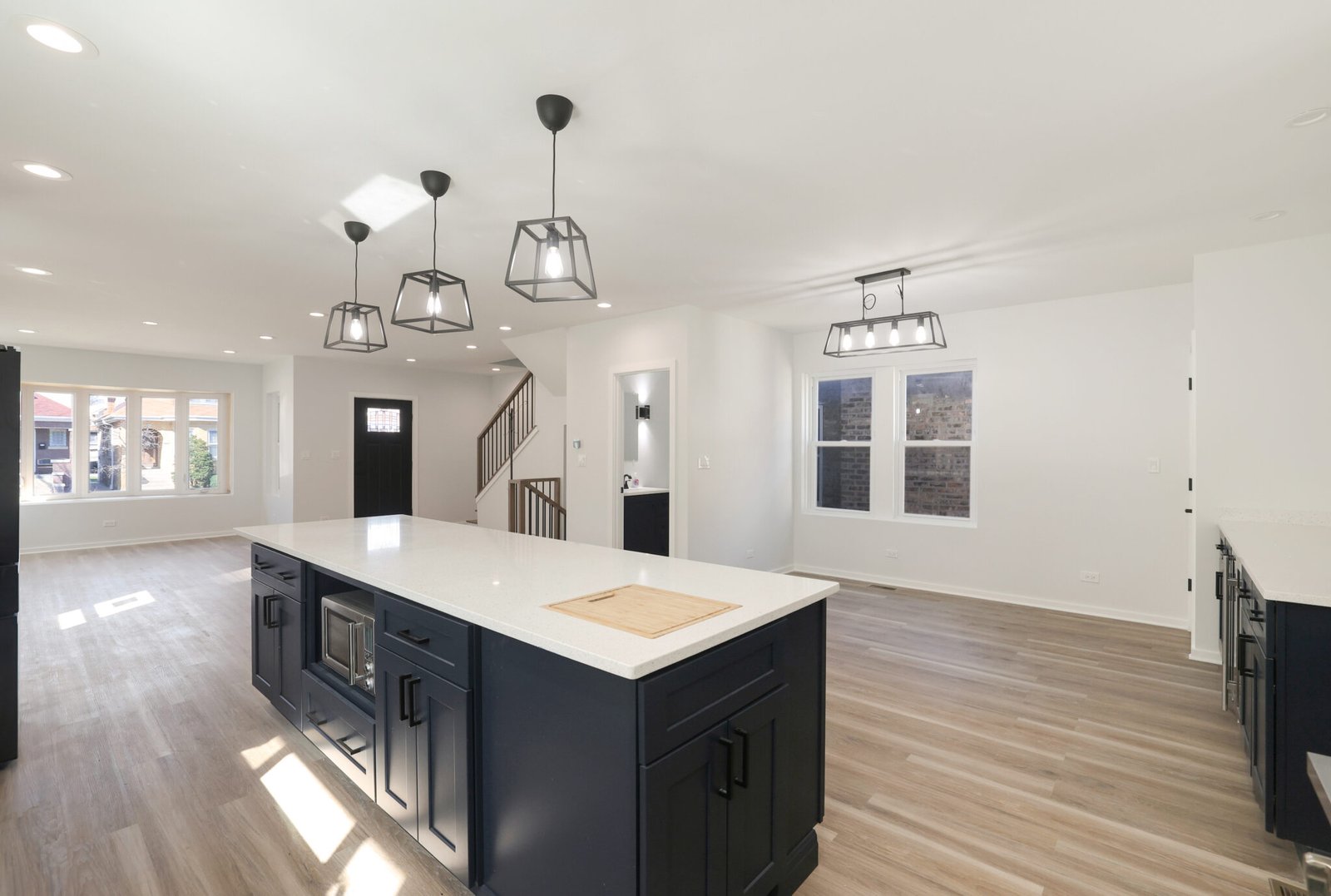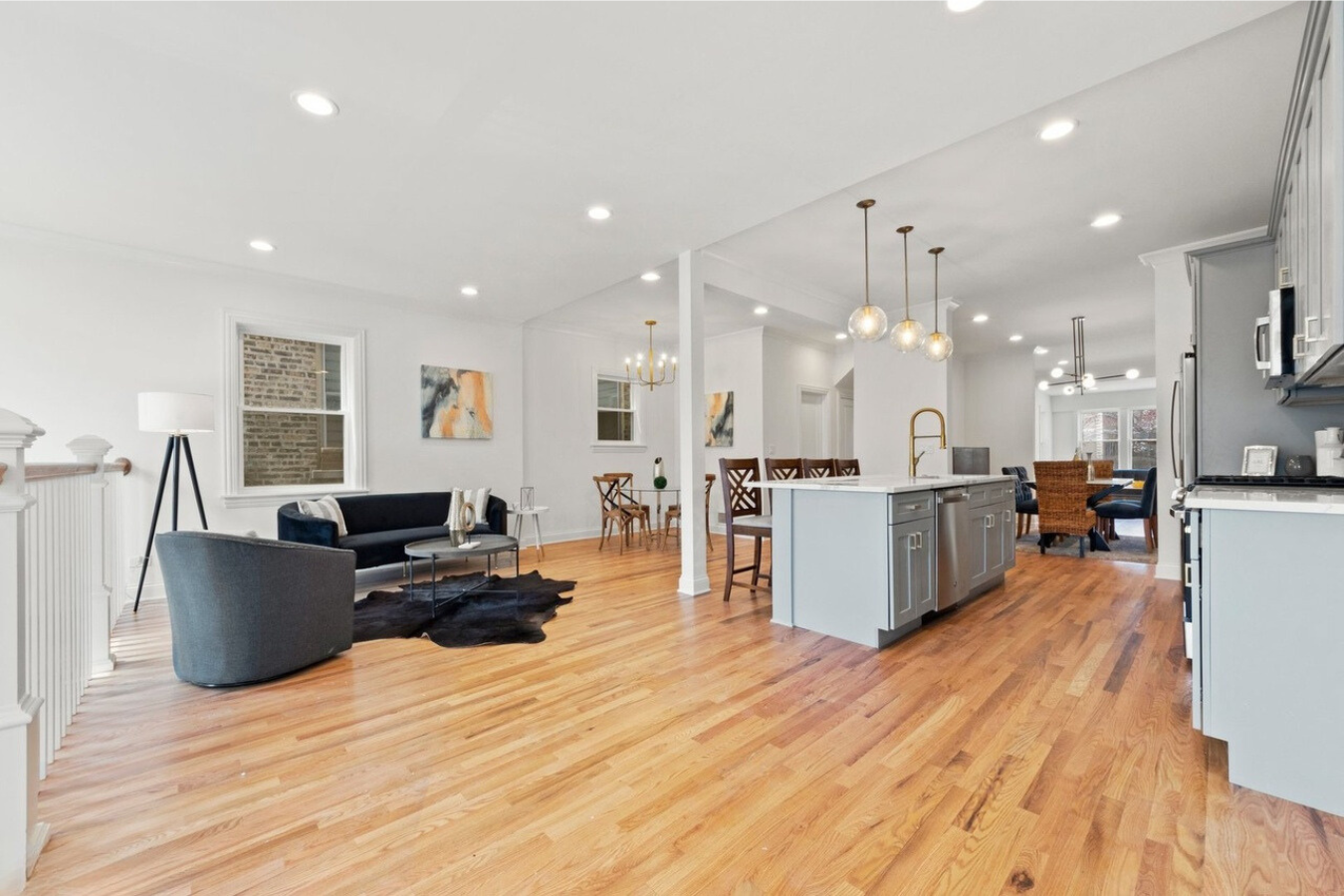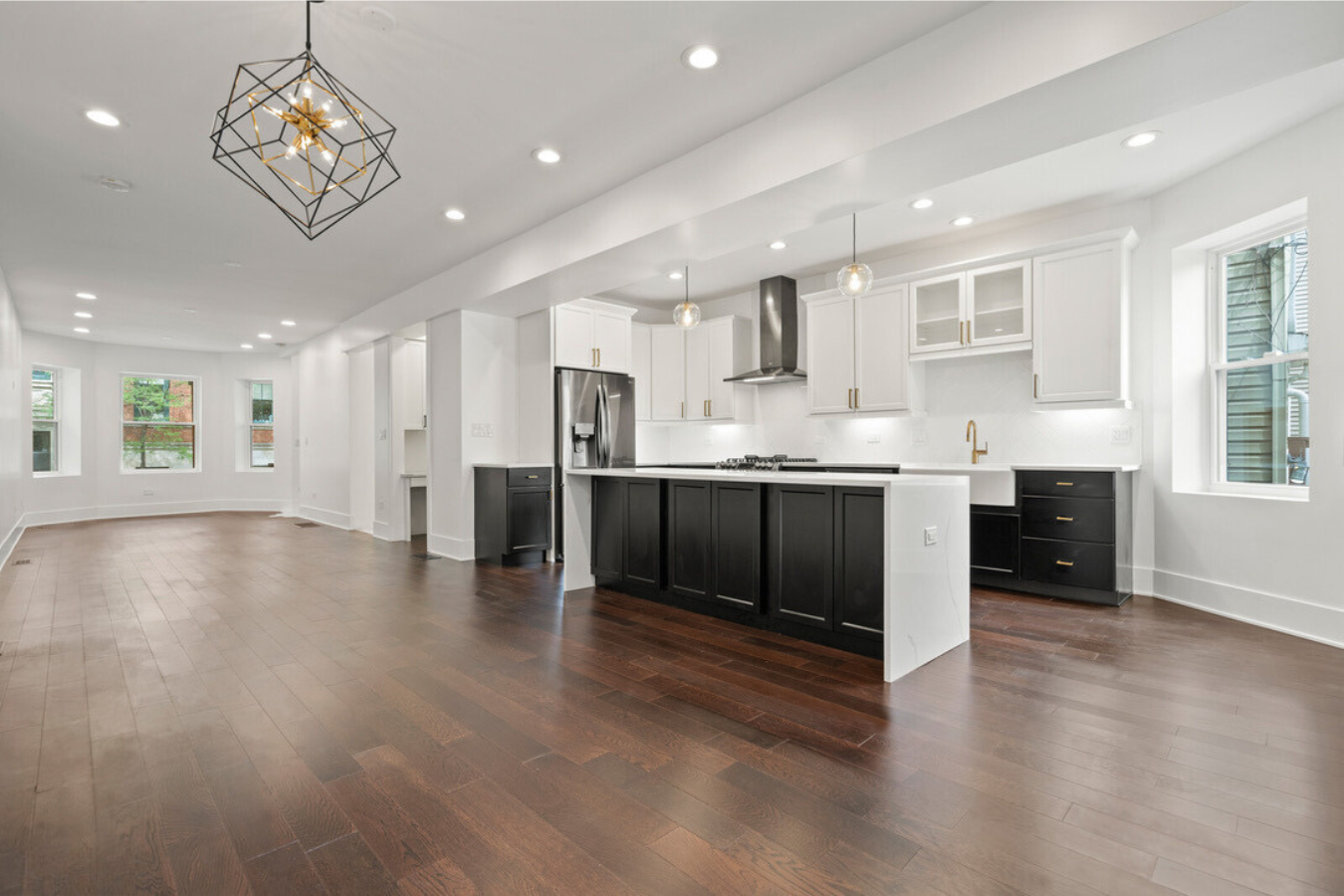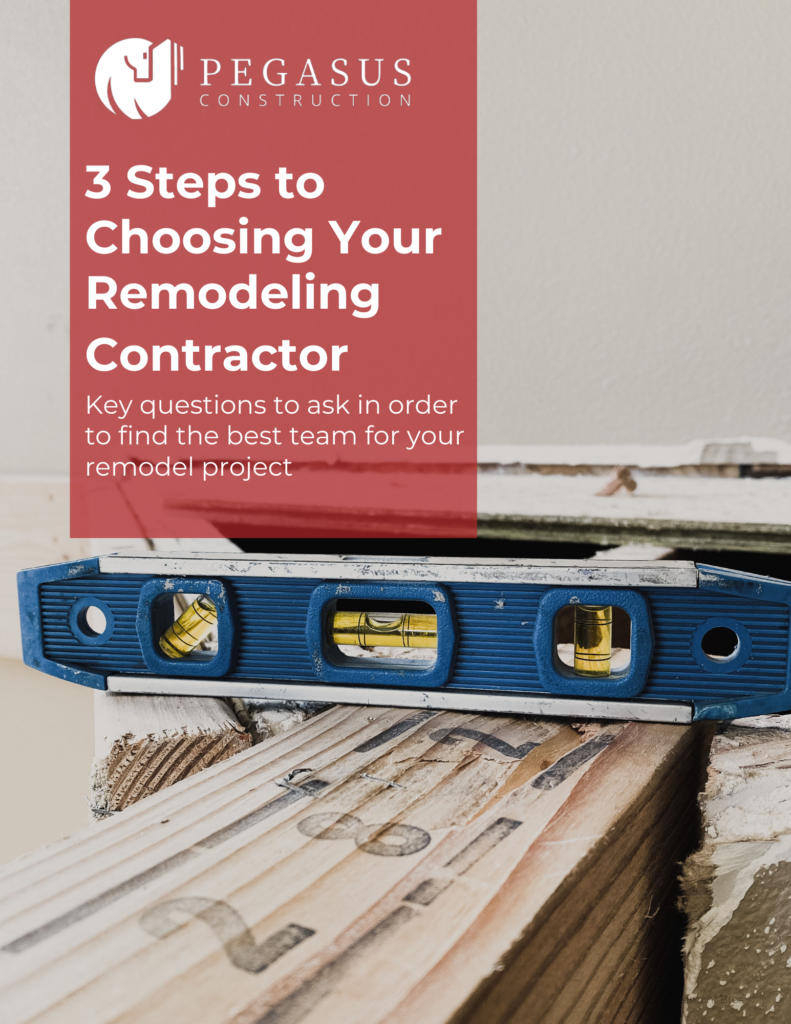Just think about how custom home additions can elevate your living space and enhance your lifestyle. By tailoring your home to fit your unique needs and preferences, you can create more functional areas for family gatherings, work-from-home setups, or even personal retreats. This guide will provide you with key insights into the benefits of custom additions, helping you make informed decisions that align with your vision for your home. Let’s explore how you can take the first steps toward transforming your space into something truly special.
Benefits of Custom Home Additions
As a homeowner seeking to improve your living space, custom home additions offer a variety of benefits that can significantly enhance your lifestyle and property value. Each addition is tailored to your specific needs and preferences, allowing you to create a space that reflects your personal style while providing functional benefits. This is particularly appealing if you’re looking to accommodate a growing family, a home office, or simply create that dream entertainment area you’ve always wanted.
Increased Space and Functionality
Before venturing into a home addition project, it’s vital to understand how increased space can transform your daily life. Adding square footage allows you to maximize the potential of your home, giving you room to breathe and thrive. Whether it’s an extra bedroom, a larger kitchen, or a cozy reading nook, you can finally enjoy the space without feeling cramped. This newfound functionality can also improve your home’s flow, making it more enjoyable for both you and your guests.
Enhancing Property Value
Besides expansion, custom home additions serve as a powerful investment in enhancing your property value. By increasing your home’s square footage and functionality, you not only improve your living experience but also make your property more attractive to potential buyers. In a competitive housing market, features such as additional bedrooms or modernized spaces can give you an edge, translating to higher resale prices and a quicker sale.
In addition to boosting your home’s appeal, carefully planned additions often yield a high return on investment. Real estate experts suggest that certain types of additions, like room extensions or new bathrooms, can recoup a significant portion of their cost when you decide to sell. By investing in quality construction and thoughtful design, you’re ensuring that your home remains a desirable asset in the long run.
Types of Custom Home Additions
The possibilities are limitless when it comes to customizing your home with specific additions that meet your needs. Understanding the different types of custom home additions can help you determine which option is best suited for your living space. Here are some popular types of custom home editions:
- Room Expansions
- Second-Story Additions
- Sunrooms or Conservatories
- Garage Additions
- Basement Conversions
Assume that each of these options offers unique benefits and can enhance your living experience while adding value to your home. By assessing your lifestyle requirements, you can make an informed decision on which addition will best serve your needs and desires.
| Type of Addition | Benefits |
| Room Expansions | Increases space for family activities |
| Second-Story Additions | Adds functional space without a larger footprint |
| Sunrooms or Conservatories | Provides natural light and outdoor views |
| Garage Additions | Enhances storage options and vehicle protection |
| Basement Conversions | Utilizes underused space for living or recreational areas |
Room Expansions
Below, room expansions offer a straightforward solution for creating more space in your home. Whether you need an extra bedroom, a larger kitchen, or an additional bathroom, it provides the flexibility to redesign your existing space to meet your family’s growing needs. With the right blueprint, you can transform your existing layout into a more functional living area without compromising your property’s overall aesthetic.
Moreover, room expansions enable you to maintain the existing charm of your home while augmenting its livability. You can work closely with a designer to ensure that the new layout flows seamlessly with your current structure, preserving the unity of your home’s architectural style.
Second-Story Additions
On the other hand, second-story additions provide an innovative way to maximize the space without sprawling outwards. This type of addition is particularly beneficial for lots with limited ground space or zoning restrictions. By building upwards, you can create new bedrooms, office spaces, or even a personal retreat that enhances your lifestyle without encroaching into your yard. Additionally, elevating your home can offer stunning views and improved natural light.
Even more, this type of addition can significantly increase your home’s overall value and appeal. When done correctly, second-story additions can blend harmoniously with your house’s existing structure and design, creating a seamless transition between old and new. Consequently, you gain extra living space while enhancing the exterior appeal of your home.
Planning Your Home Addition
Some homeowners find that the prospect of a home addition can be both exciting and overwhelming. The planning stage is vital as it sets the groundwork for how your new space will align with your lifestyle and personal preferences. A well-thought-out plan not only ensures that the addition meets your needs but also enhances your property’s value and functionality. Consider how your current space is being utilized and what specific requirements you have that could be met with the new construction.
Assessing Your Needs
At the outset, it is crucial for you to evaluate your needs to determine what kind of space will serve you best. Reflect on your daily activities and identify the limitations of your current layout. Are you looking for a larger kitchen to accommodate your family gatherings, a sunroom for relaxation, or maybe an extra bedroom for guests? Defining your needs clearly can streamline the planning process and guide decisions regarding design and functionality.
Budgeting and Financing Options
Addition planning also involves considering your budget and exploring various financing options. Establishing a realistic budget allows you to prioritize your needs while staying within financial limits. It’s important to factor in not just the construction costs, but also additional expenses such as permits, utilities, and interior design for the new space. You may want to consider financing options like home equity loans, personal loans, or even refinancing your mortgage to cover the expenses of your dream addition.
For instance, you could start by consulting with a financial advisor to understand which financing method best aligns with your financial situation. Additionally, gathering multiple quotes from contractors can help you find a balance between quality and affordability, ensuring you get the best value for your investment in your home addition.
Design Considerations
After deciding to initiate on a custom home addition project, one of the first steps is to consider various design elements that will not only enhance your living space but also ensure that it harmonizes with your existing home. Think about the layout and flow of the new area, as well as how it integrates with the natural light and outdoor spaces. A well-thought-out design can significantly improve the functionality of your home, catering to your lifestyle while adding aesthetic value.
Architectural Styles
Below, you’ll find that the architectural style of your home addition plays a vital role in determining its overall success. You should aim to select a design that complements the existing structure while reflecting your personal taste. Whether your home follows a modern, traditional, or eclectic style, paying attention to details such as rooflines, materials, and window placements can maintain a consistent look throughout. This cohesion not only enhances curb appeal but also increases the overall value of your property.
Energy Efficiency and Sustainability
After establishing the architectural style, you should pivot your focus to energy efficiency and sustainability. Incorporating these elements into your addition not only benefits the environment but can also lead to significant savings on utility bills. Consider using energy-efficient appliances, high-performance insulation, and sustainable building materials that will help minimize your carbon footprint. Strategic choices, like installing large windows for natural light and maximizing ventilation, can enhance the comfort of your new space while reducing energy consumption.
Designing your custom home addition with energy efficiency in mind can set you on a path toward creating a more sustainable living environment. By selecting energy-efficient HVAC systems, solar panels, and smart home technologies, you enhance the overall performance of your home. These choices not only contribute positively to the environment but also elevate your quality of life by maintaining a comfortable indoor climate year-round.
Choosing the Right Contractor
Now that you’ve decided to invest in custom home additions, it’s vital to select the right contractor for your project. The quality of your new living space hinges on the expertise and reliability of the contractor you choose. Engaging with professionals who understand your vision can make all the difference in ensuring your project runs smoothly and meets your expectations. You should start by gathering insights from various sources to inform your selection process.
Research and Recommendations
Against the backdrop of endless online options, it can be overwhelming to find a contractor who fits your needs. To simplify this, begin by seeking recommendations from friends, family, or colleagues who have undertaken similar projects. Personal referrals often come with first-hand experience, giving you a clearer picture of what to expect. Additionally, explore reviews and ratings on reputable platforms to further gauge the quality of various contractors in your area.
Evaluating Credentials and Experience
Around the time you have a shortlist of potential contractors, the next step involves assessing their credentials and hands-on experience. Ensure that any contractor you consider is licensed, insured, and bonded to protect yourself from liability and ensure that they meet state regulations. Moreover, look for professionals who specialize in home additions, as their focused knowledge can significantly enhance the outcome of your project.
Contractor experience is not just about the number of years in the business; it’s about their portfolio and previous work quality. Ask for examples of similar projects they’ve completed, which can showcase their style and capabilities. Don’t hesitate to request references and follow up to hear about others’ experiences directly. By diving deep into their background, you increase your chances of finding a contractor who aligns with your vision and maintains high standards throughout the construction process.
Navigating Permits and Regulations
Unlike the straightforward process of renovating an existing space, custom home additions often require you to navigate through a maze of permits and regulations. Ensuring compliance with local laws can seem daunting at first, but understanding these requirements is crucial for a successful project. Choosing to overlook permits can lead to costly fines or even the forced removal of your addition, which is why it’s important to approach this aspect of your project with diligence and care.
Understanding Local Zoning Laws
With every city and county having its own set of zoning laws, it’s crucial that you familiarize yourself with regulations specific to your area before beginning your custom home addition project. Zoning laws dictate what type of structures can be built, their designated use, and how large they can be. In many cases, these laws will determine the minimum distance your addition must maintain from lot boundaries, which is referred to as setback requirements. By researching local zoning regulations, you’ll be better equipped to design an addition that not only suits your vision but also aligns with community guidelines.
The Permitting Process
One of the most crucial steps in your home addition journey is the permitting process, which officially secures your authority to proceed with construction. Generally, you will need to submit detailed plans, which may require the assistance of an architect or contractor, along with an application to your local government. This process can take anywhere from a few weeks to several months, depending on the complexity of your project and the responsiveness of your local planning department. Being proactive during this stage can help alleviate delays and facilitate a smoother permitting experience.
Considering the potential variances in permitting timelines, it’s advisable to initiate the permitting process as early as possible. You might want to engage a professional who specializes in local codes and can aid you in preparing the necessary documentation, thus ensuring a more efficient approval. Furthermore, staying informed about potential public hearings or neighborhood consultations related to your project will allow you to address any community concerns proactively, setting a positive tone for your addition even before construction begins.
To wrap up
Drawing together the various elements of your home, custom home additions enable you to tailor your living space to suit your specific needs and lifestyle. By collaborating with skilled professionals, you can transform underutilized areas or create entirely new spaces that add both functionality and beauty to your property. Whether you’re looking to expand your family room, add an office, or create a luxurious master suite, the possibilities are nearly endless. These enhancements not only improve your daily experience but can also increase the overall value of your home.
Investing in custom home additions is not just about making your home larger; it’s about making your environment reflect who you are and how you live. As you contemplate this journey, consider how each addition will enhance your quality of life and offer more comfort, organization, and enjoyment. Ultimately, by embracing the customization process, you can create a living space that aligns perfectly with your aspirations and enriches your lifestyle for years to come.





